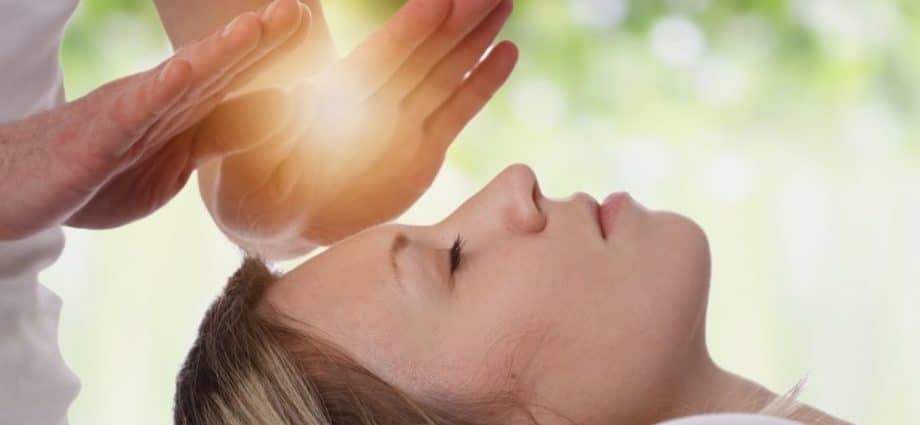Complimentary Alternative Medicines are HOT and these are 7 CAMs Worth Considering today. When we think about “self-care” we’re often constricted by what we perceive to be both available to us, and of verifiable use. Let’s face it, those massages and bubble baths can only do so much. Often, what we need most, is a more comprehensive self-care plan in place. One that allows us to nourish and nurture our mind and body in a variety of ways. Even better if we can do that on a variety of levels. If you feel like your self-nourishment game could use some strengthening, check out these CAMs. Some additional ways to keep you feeling well, balanced, and at your absolute best.
Your Life in Alignment
Integrating a holistic lifestyle into your every day may seem like a daunting task. But is it? Many methods of Complementary Alternative Medicines (CAMs) are fairly easy to incorporate into your routine. Some strategies may even be covered by your health insurance. Thus, CAMs are a great way to disrupt the widespread social mentality that there’s “a pill for every ill”. Ultimately, they allow you to take a more active role in your own health and healing. While some CAMs require locating a practitioner, many give you methods that can also be done easily at home. Explore the methods and potential benefits of these 7 CAMs to see if you can enhance your life experience from further exploration and use. Find what works for you and leave the rest. Here’s a list of my top 7 CAMs worth considering:
1. MEDITATION
In the rush of the typical American lifestyle, the individual mind is rarely quiet. In a “go-getter” social mentality, the mainstream has lost touch with the importance of keeping in touch with the inner mind and emotion. However, it is the “quiet” that brings clarity to the state and experience of the world around you. For skeptics, it’s important to recognize that meditation is not a “hocus-pocus” idea. In fact, recurrent meditation practices can measurably reduce stress, tension, and anxiety. It can also lower blood pressure. Finding a meditation practice that works with your personality and preferences can make it an enjoyable part of your daily routine. From guided meditations to daily readers or joining a group; no matter what you’re looking for, meditation comes in many forms. Essentially, all of types yield the same potential benefits.
2. YOGA
Next, we have MY FAVORITE! Are you open to mediation but want to exercise your body too? Feel like strengthening the prowess of your mind-body connection in the process? Yoga is an excellent conduit. Misconceptions about yoga include that it’s just a “yuppy chick” thing. A new-age thing. And about 1,000 other things… most of which it isn’t. Historically, yoga was an predominately male practice. And it is a perfectly modern unisex activity. Yoga originated as an Indian practice and does play a role in some Eastern religious practices. But, it is also fully adaptable to your intrinsic views, despite religious orientation. In fact, Christian Yoga has recently become a “thing” to infuse and encourage universal participation in yoga activities to make the benefits accessible across the board of beliefs.
3. MASSAGE
Massage therapy has become a widely recognized and popular form of complementary medicine. It delivers numerous benefits for the mind, body, and spirit. It can help reduce muscle tension and pain, improve circulation, boost immune function, promote relaxation, reduce stress and anxiety, improve sleep quality, and increase range of motion. Massage is generally safe and non-invasive. Thus, it’s an appealing option for those who are looking for a natural approach to healthcare. With all of these benefits, it’s easy to see why massage therapy is considered one of the top complementary medicine practices today.
4. CHIROPRACTIC CARE
Chiropractic is the practice of correcting misalignments (called subluxations) of the human spine. Research indicates that chiropractic adjustments improve the natural functioning of neurotransmitters in the body. In terms of wellness, Chiropractic care has shown positive outcomes for addressing anxiety, depression, chronic pain, and the craving experience. Chiropractic care is an excellent treatment modality to augment traditional self-care and wellness plans.
5. HYPNOTHERAPY
Not to be confused with the Vegas show, mind-control variety of hypnosis most frequently associated with the term. Hypnotherapy has a long-standing research history in the area of health and recovery. Shown to decrease reactivity to negative impulses and cravings for short periods of time, provider-directed Hypnotherapy can be helpful in accessing and addressing core issues within the patient. Self-directed hypnosis, on the other hand, can also be a helpful tool in as it aids in creating a relaxed state of awareness (mindfulness).
(*Author’s note: When seeking a provider for Hypnotherapy, it is important to verify that they are fully credentialed to practice Hypnotherapy)
6. AROMATHERAPY
Aromatherapy is accessible and often instantaneous. You see, sensory diversions spur immediate changes in the brain. In the same way that people experience immediate disgust and displeasure at certain smells and sounds, purposeful use and placement of positive smells and sounds are a recipe for instantaneous delight. In aromatherapy studies, certain smells are regarded as useful in improving concentration, relaxation, etc. Perhaps it can be as simple as a particular candle whose scent reminds you of baking cookies with your grandma, and WHOALA! You’re mental state is improved. Why? Because the positive memories of the scent subconsciously transport you back to that timeless feel-good moment of childhood. Ergo, it’s a little like time travel.
7. Reiki
Working on your energetic body is an incredible experience. If you’re looking for something you may not have even previously considered, find a reiki practitioner and give it a try. Build upon what you already know about the 7 Chakras and You by scheduling an appointment. If you’ve never heard of it, or don’t know much about the process, I do suggest a little light reading before you go. It’s always good to have an idea of what you’re getting into so that expectations don’t get in the way of your truly transformative energy experience.
BONUS # 8 = MUSIC IMMERSION
Highly dependent upon personal music taste, but effective once you identify how to use music to your individual advantage. And available right now if you so choose. For example, if your mornings are particularly stressful, perhaps the gentle sounds of some smooth jazz can ease your tensions. Bad day? Uplift your mindset as you prepare to tackle your day. Music assists with mental focus, and the migration through emotions both consciously and subconsciously. Additionally, it can also be used as an intentional mental distraction and catalyst for rest and relaxation as it tangibly changes the rhythm of your brain waves.
Explore These And More
As noted, this is your change to self-nourish in new ways. I could keep going, but I want you to have some time to digest these 7 first. For now, I do so hope that you find these CAMs worth considering as much as I do. Next, select a new element of self-care and test it out. Seek around and dabble until you find exactly what you need. After all, you’re SO WORTH IT!
Be Well.
References:
Blum, K., Braverman, E. R., Holder, J. M., Lubar, J. F., Monastra, V. J., Miller, D., … & Comings, D. E. (2000). The Reward Deficiency Syndrome: A Biogenetic Model for the Diagnosis and Treatment of Impulsive, Addictive and Compulsive Behaviors. Journal of Psychoactive Drugs, 32(sup1), 1-112.
Feuerstein, Georg (ND) A Short History of Yoga. Traditional Yoga and Meditation of the Himalayan Masters. Self-Realization through the Yoga Sutras, Vedanta, Samaya Sri Vidya Tantra. http://www.swamij.com/history-yoga.htm
Johnson, Cathy (2012) Meditation: what’s it all about? In ABC Health & Wellbeing. http://www.abc.net.au/health/library/stories/2012/10/25/3617494.htm
Madden, S., Fogarty, S., & Smith, C. (2014). Alternative and Complementary Therapies in the Treatment of Eating Disorders, Addictions, and Substance Use Disorders. In Eating Disorders, Addictions and Substance Use Disorders (pp. 625-647). Springer Berlin Heidelberg.
The QiGong Institiute (2014). Introduction. http://www.qigonginstitute.org/html/GettingStarted.php
Wong, Cathy (ND) 4 Benefits of Music Therapy. About health. www.altmedicine.about.com
CAMs Worth Considering.

